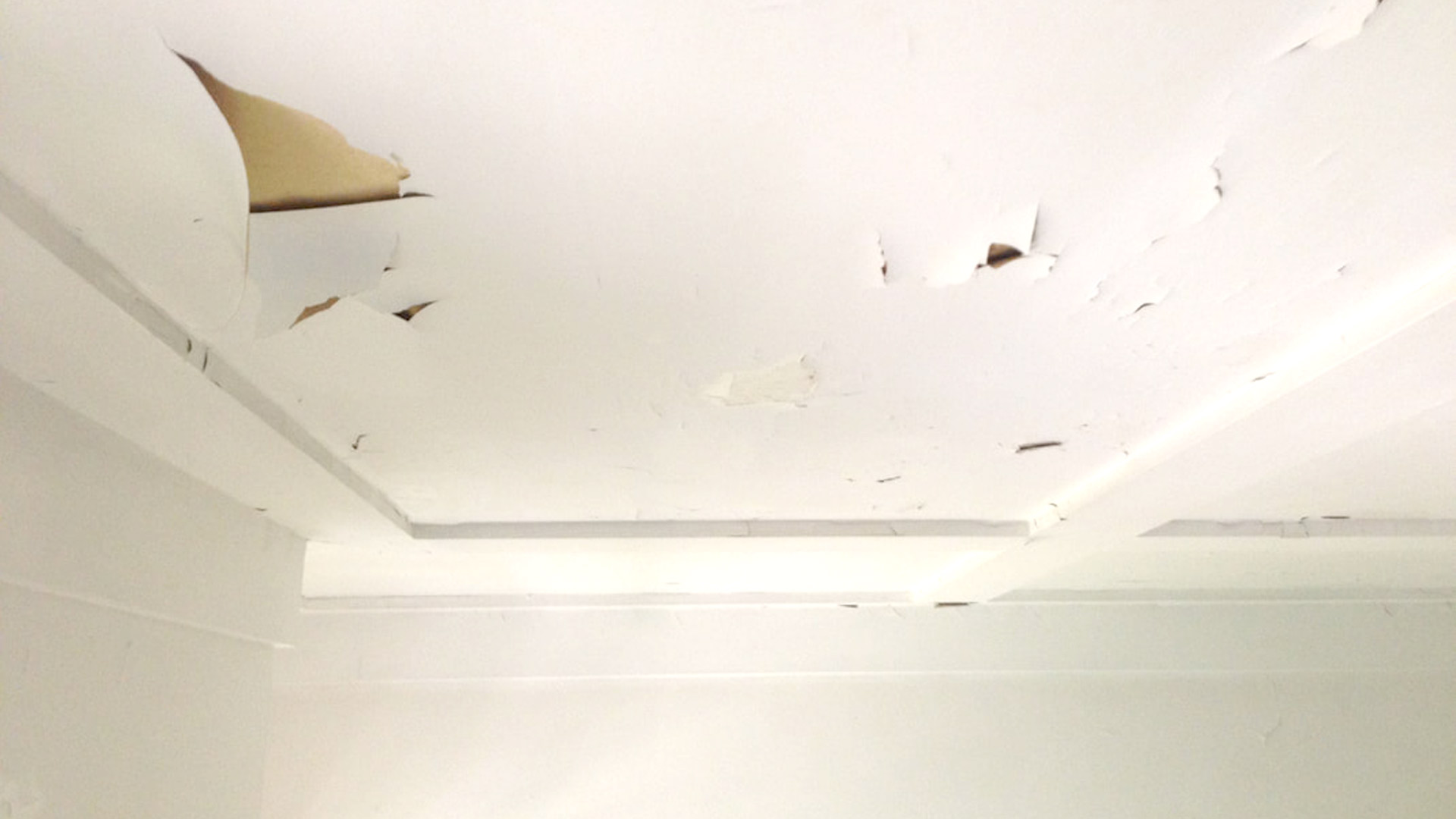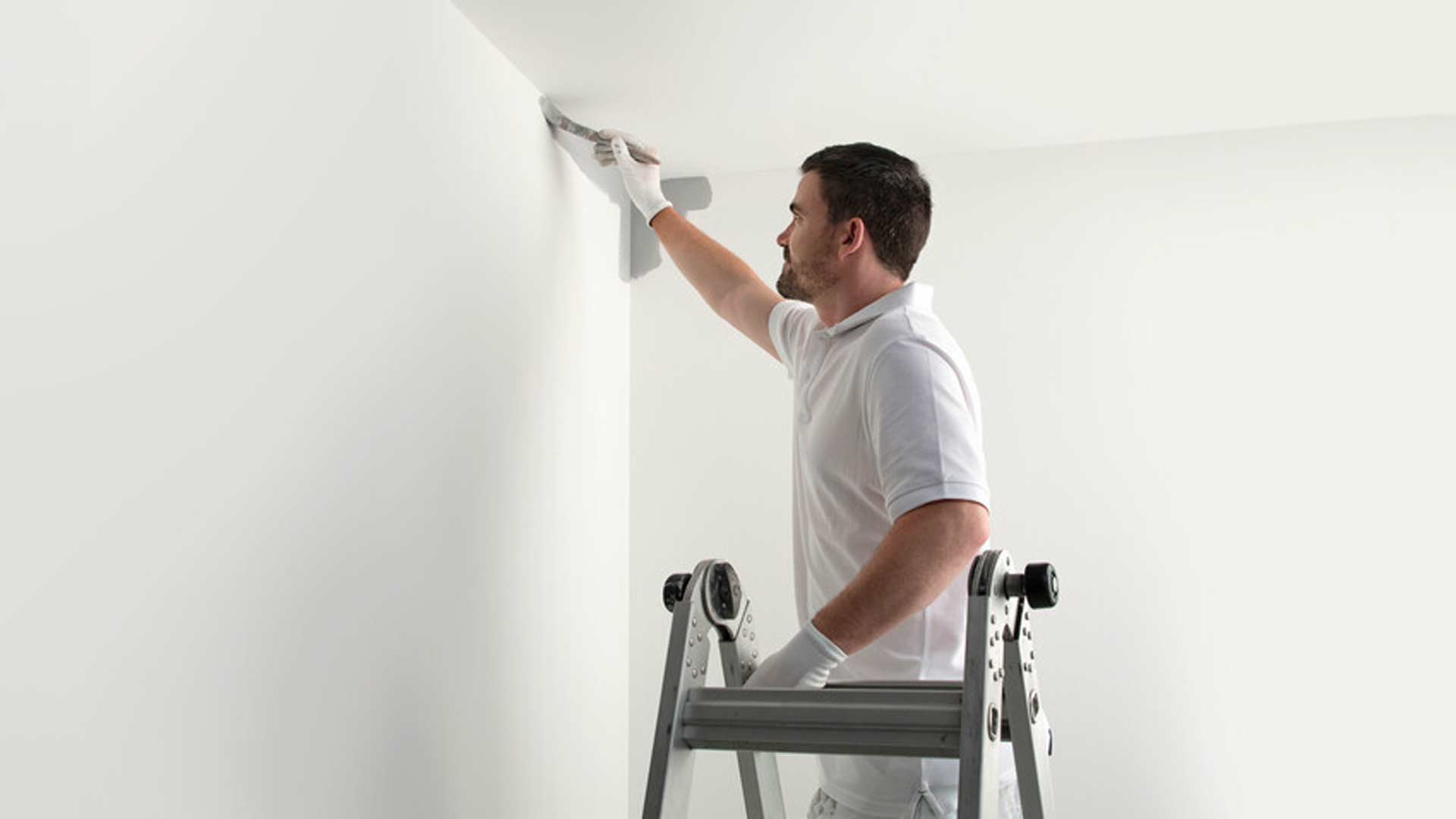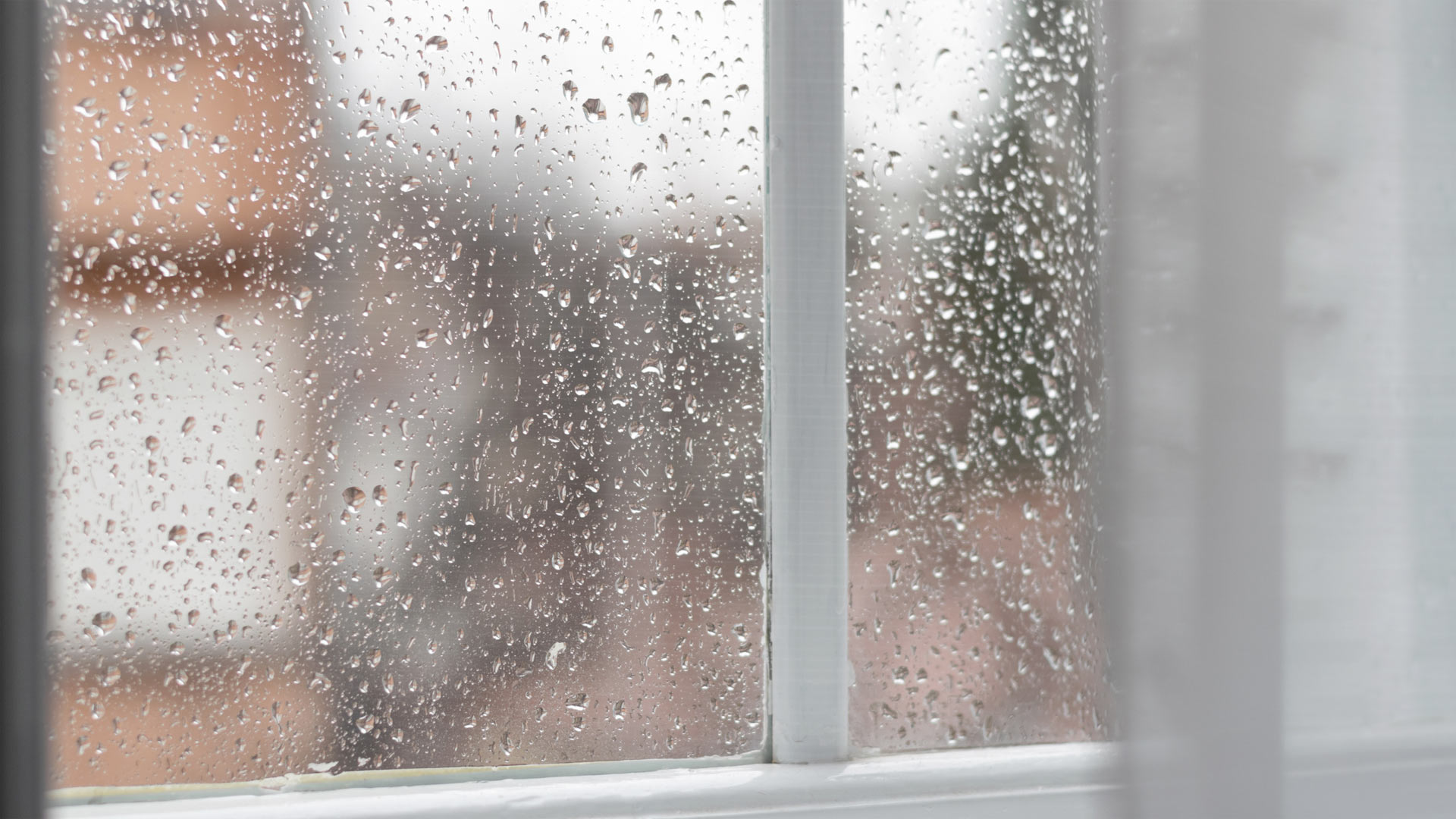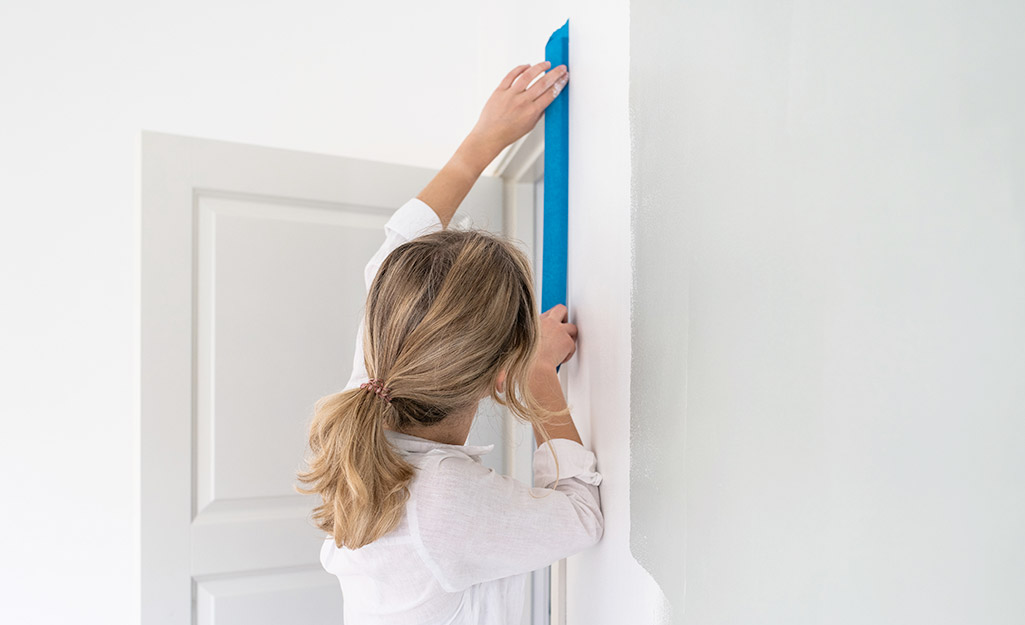For many DIY painters, the sight of flaking paint or peeling paint in Melbourne homes is the trigger for action. As expert painters, we are often called in to repair repair attempts. This is because understanding why flaky paint is present is an important part of finding the right solution. A band-aid fix is simply a waste of time and money.
Fundamentally, peeling paint is when the paint material detaches from the wall. This article focuses on interior flaky paint as opposed to exterior paint flaking which is mostly attributed to weather conditions.
Here is some helpful information for you to appropriately address your interior peeling paint problem.
WHY is the paint on my walls or ceiling flaking off?
The four most common reasons
1. Moisture penetration or condensation.
Inadequate ventilation in wet rooms like laundries and bathrooms can create a build-up of moisture. Over time, this condensation effect can cause mould to grow and distress the layers of paint, especially in ceilings. Of course, areas that are prone to direct moisture can begin peeling over time.
2. Incorrect application
Peeling paint can come about due to inadequacies at the time the interior was given the paint job. Factors such as bad quality paint brushes, which cause uneven strokes and air gaps, as well as a rushed first coat. Another disaster waiting to happen is when an oil-based paint is used over the top of a water-based paint or vice versa. Given that oil and water do not mix well, it is only a matter of time before they’ll detach and begin the unsightly peeling process.
3. Issues with the paint itself
This is a big one and seems to surprise many homeowners. If you are experiencing peeling paint on your walls or ceilings, it may be that the incorrect primer or paint was used on the surface. For example, some paints are designed for timber or plastic and not for concrete and metal and the like. Mis-matched products won’t allow for the paint enzymes to bond properly with the surface, and flaking is bound to occur.
Expired paint can contribute to flaking paint problems in Melbourne. Once opened, paint is said to be fine for use for up to two years, but it must be tightly sealed and stored in a dry and cool place, if not, it will thin out and lose its important bonding qualities. Some low quality paints have poor bonding properties too and act like expired paints by lacking the adhesiveness needed to stand the test of time.
4. Direct sunlight exposure
Consistent exposure to harsh heat and sunlight can damage the adhesive properties in your paint. Over time, constant fluctuations from heat to cool can cause paint to flake.
HOW MAJOR is the repair?
Is it a patch and paint job or does your peeling paint problem need a complete makeover? If you are looking to do-it-yourself, be sure that you can identify which of the above reasons has caused the flaking.
The best advice we can offer is that for areas where moisture or incorrect paint is the cause, it is safest to repair the entire surface to prevent other eruptions in the near future. You may want to call in an expert for help in these scenarios.
If the issue is contained to one area of the surface, these are the following steps to take.
HOW to repair minor areas of peeling paint
You will need the following materials on hand; a paint scraper or wire brush, patching mixture, fine grit sanding paper, damp cloth and dry cloth, appropriate primer and separate paint or a paint with built-in primer suitable for your surface type.
First, you need to remove the damaged paint using the scraper or brush. It is best to remove an extra 10% of paint around the perimeter of the problem spot. Clean off all loose debris and then apply the patching product generously as per the instructions. Let this dry before leveling the surface with the fine sandpaper. You should then have a smooth and even surface to work on. A thorough wipe down with a damp cloth at this point will remove tiny particles and then dry the area well with a dry cloth. You should leave the patch overnight in a warm environment to be sure that no moisture is left there before you apply the primer and/or paint.
HOW to repair entire walls and/or peeling ceilings
These larger jobs can be messy and usually require at least two people to ensure safety at all times. Laundry and bathroom ceilings commonly require entire re-painting once they begin showing signs of peeling, as this means that water or condensation has begun to ruin the integrity of the paint. Similarly, when it has been identified that the incorrect paint type has caused flaking, a complete re-paint will be required.
Things to consider when planning to paint door frames
- Painting all your door frames in the one project gives you consistency throughout the property. You’ll save time and resources by painting in one go.
- Minimising traffic in the property during the painting project in Melbourne will allow for an optimal, finish and eliminate the risk of damage.
WHEN is it worth getting professional help for peeling paint?
Professional painters are equipped to handle repair work better than someone without experience. Often the position of the repair work, the size of the problem, and the cause of the problem will prompt homeowners to decide whether to call in the experts.
One Day Paint recommends getting the best painter in Melbourne’s opinion before tackling a repair job for flaky paint. With no obligation, some tailored advice may help you realise whether the job is perfectly achievable on your own, or if a patch job may only mask a bigger, loitering problem that will end up costing you more money down the track.
Get In Touch Today!
One quick call could ease your mind, 1800 ONE DAY.





